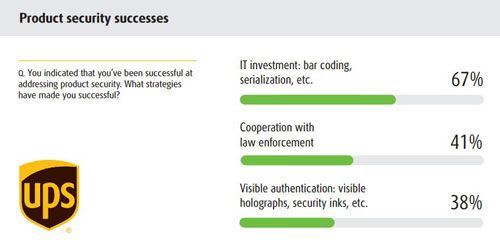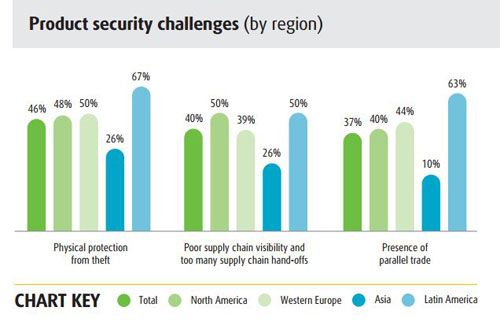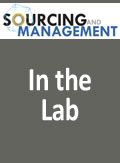Pharma Supply Chains: Contingency Planning Not Yet a Priority, Survey Says
PTSM: Pharmaceutical Technology Sourcing and Management
UPS’ 2015 “Pain in the Chain” survey suggests that pharma companies are getting better at product protection, cold chain and regulatory compliance, but need to improve cost control and planning for unexpected events. Lack of transparency and “too many handoffs” remain major challenges.
On November 18, the shipping and logistics services company, UPS, released its seventh annual “Pain in the Chain” survey, which takes a look at pharma, biopharma and medical device supply chain management and best practices.
This year, 421 logistics executives from healthcare companies in 16 countries were surveyed, and another 15 executives in North America were interviewed for their insights into industry supply-chain-management challenges, areas of progress, and areas where improvement is needed.
Results suggest that the healthcare industry has improved product safety substantially since last year. This year, 20% more respondents described their work in this area as successful, compared to respondents in 2014’s survey. Their responses suggest that more pharma and healthcare companies are investing in serialization and barcoding technologies and the relevant IT required.
Source: UPS

Despite the complexity and range of global supply chain regulations that are currently in effect, 13% more respondents this year say that they consider this an area where they are succeeding, compared to last year. One contributing factor may be the rise of logistics and distribution partnerships, which more respondents describe as a way to reduce product damage, control costs and improve overall regulatory compliance.
Of all the regulations around the world, 39% of respondents singled out the EU good distribution practice (GDP) regulations as having the greatest impact on their business. In Western Europe, 71% of respondents said they have a GDP-compliant agreement in place, and transportation practices that reflect that agreement.
Click image to enlarge. Source: UPS

Respondents from Western Europe described China, Russia and Brazil as the three most challenging markets to do business in, while Latin American respondents singled out China, Brazil and the U.S.
Cost management and contingency planning emerged in this year’s survey as areas where more work is needed. Unplanned events have had a major impact on pharma and healthcare supply chains, yet only 60% of supply chain decision makers ranked contingency planning as a critical area for investment.
In addition, even though more respondents say they are becoming better at managing costs, they note that more improvement is needed. They cite challenging ranging from rapid business growth to changing fuel and raw materials costs.
Rapid growth is a major challenge in Latin America, the survey suggests, and executives in the region also cite increasing regulatory requirements involving cold chain as a major factor. The graphic below shows major supply-chain challenges for different regions of the world.
Source: UPS

Among the potential solutions for managing costs, respondents cited logistics partnerships and leveraging supply chain optimization analyses.
Respondents note progress in quality-contro, and the use of cold-chain controls for temperature-sensitive materials. This year, about two-thirds of respondents say they now have requirements in place to verify that product shipping temperatures meet requirements.
Below some statistics from this year’s survey:
- 75% of respondents report success in improving product security vs. 55% in 201
- 70% of respondents say they are addressing regulatory compliance vs. 57% in 201
- Half of this year’s respondents report success addressing supply chain cost management; 56% cite rapid business growth as the biggest challenge to cost management
- 46% cite theft protection as the major challenge to improving supply chain security
- 40% see poor visibility and too many handoffs as major challenges to improving supply chain security.

Drug Solutions Podcast: A Closer Look at mRNA in Oncology and Vaccines
April 30th 2024In this episode fo the Drug Solutions Podcast, etherna’s vice-president of Technology and Innovation, Stefaan De Koker, discusses the merits and challenges of using mRNA as the foundation for therapeutics in oncology as well as for vaccines.
PacBio Chosen as Tech Partner for Global Alzheimer’s Disease Research Project
April 23rd 2025The project, the North African Dementia Registry, will unite multiple entities for the purpose of developing a comprehensive dataset to advance the research community’s understanding of Alzheimer’s disease and other dementias in diverse populations.